How Pests Care for Their Families
How Pests Care for Their Families
Since today (9/25) is National Family Day, we are taking the time to think about what “family” looks like for every living being in nature. Every species on Earth has a specific way of caring for their offspring, and it can be a combination of natural tendencies and learned ways of nurturing. As far as the pest world goes, it’s a mixed bag on how the adults tend to their young. Some completely nurture them from the moment they are born to the first day they are able to be on their own, while others trust their offspring to fend for themselves as soon as they enter this world. The specific tactics of each species may vary, but the intrinsic desire to ensure the survival of their kind is the same. Let’s explore some of the key principles of pests and their offspring, as well as five types of pests that go the extra mile to care for their young and protect them at all costs.
Pest Offspring
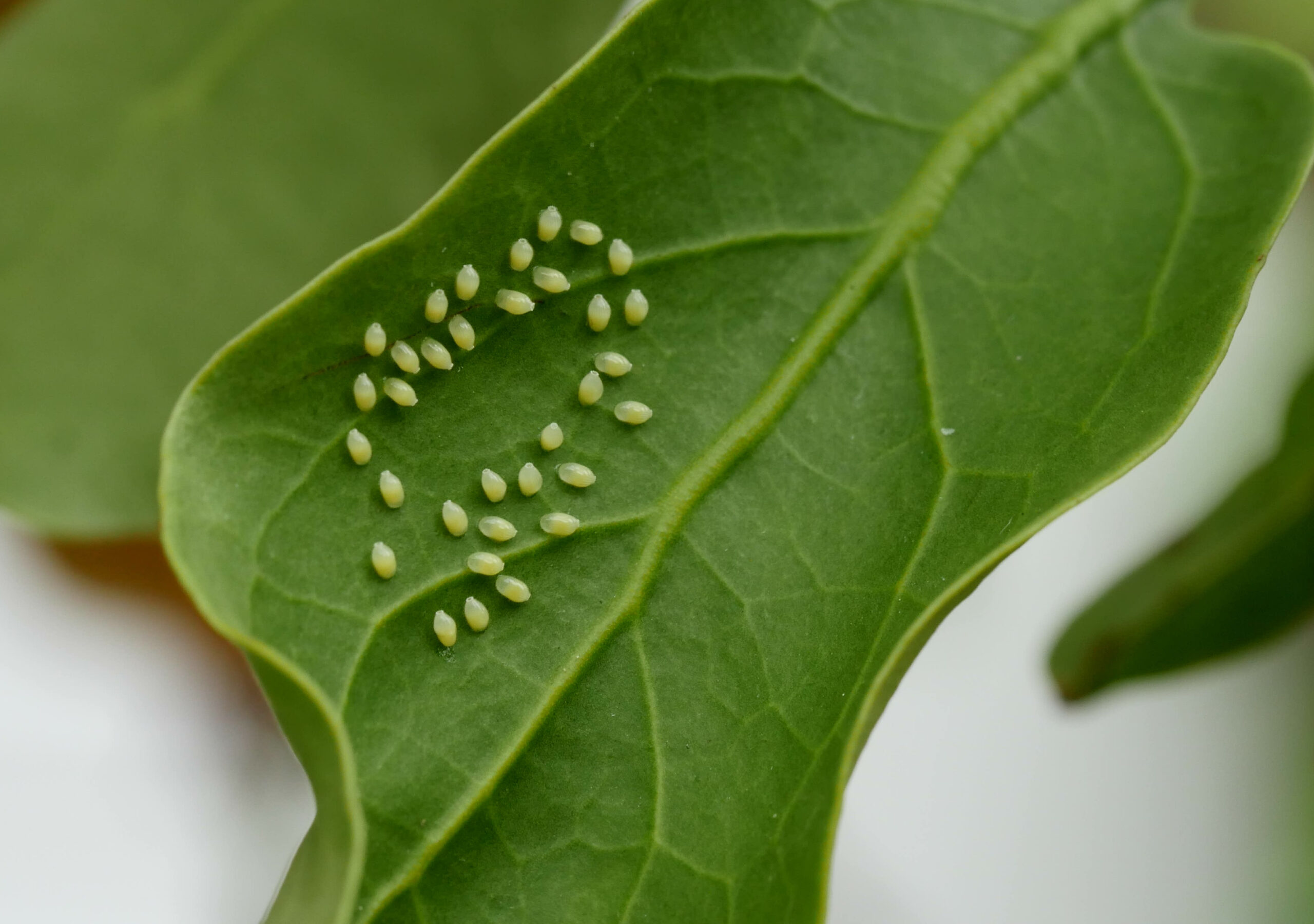
As we said before, every species is different in terms of how they take care of their offspring, if they even do so. Most insects don’t necessarily help each one of their offspring simply because there are too many! It’s common for most insects to lay a lot of eggs at once — anywhere from fifty to hundreds of them — because they have a better chance at survival if there are more of them. Between the threat of predators and the potential for food limitations, insects are more likely to avoid extinction if they have a lot of offspring. But even insects can’t do it all, so the species that produce hundreds of eggs at once are less likely to care for them once they are in the world.
The good news for us is that the offspring of pests are usually not as disease-infested as the adults. The longer that a pest is alive, the more time they have to accumulate bacteria and spread dangerous pathogens. That being said, it won’t be long before the young pests venture out of their nest and explore their surroundings that are less than ideal. Their parents may be naturally protective and want to give their young the best chance at life, but they will still give their offspring independence at a much younger age than humans would be comfortable doing. There are five common pests that give extra care to their offspring until the young pests are ready to be on their own, and you may find it surprising just how much care the parents give to their newborn pests.
Earwigs
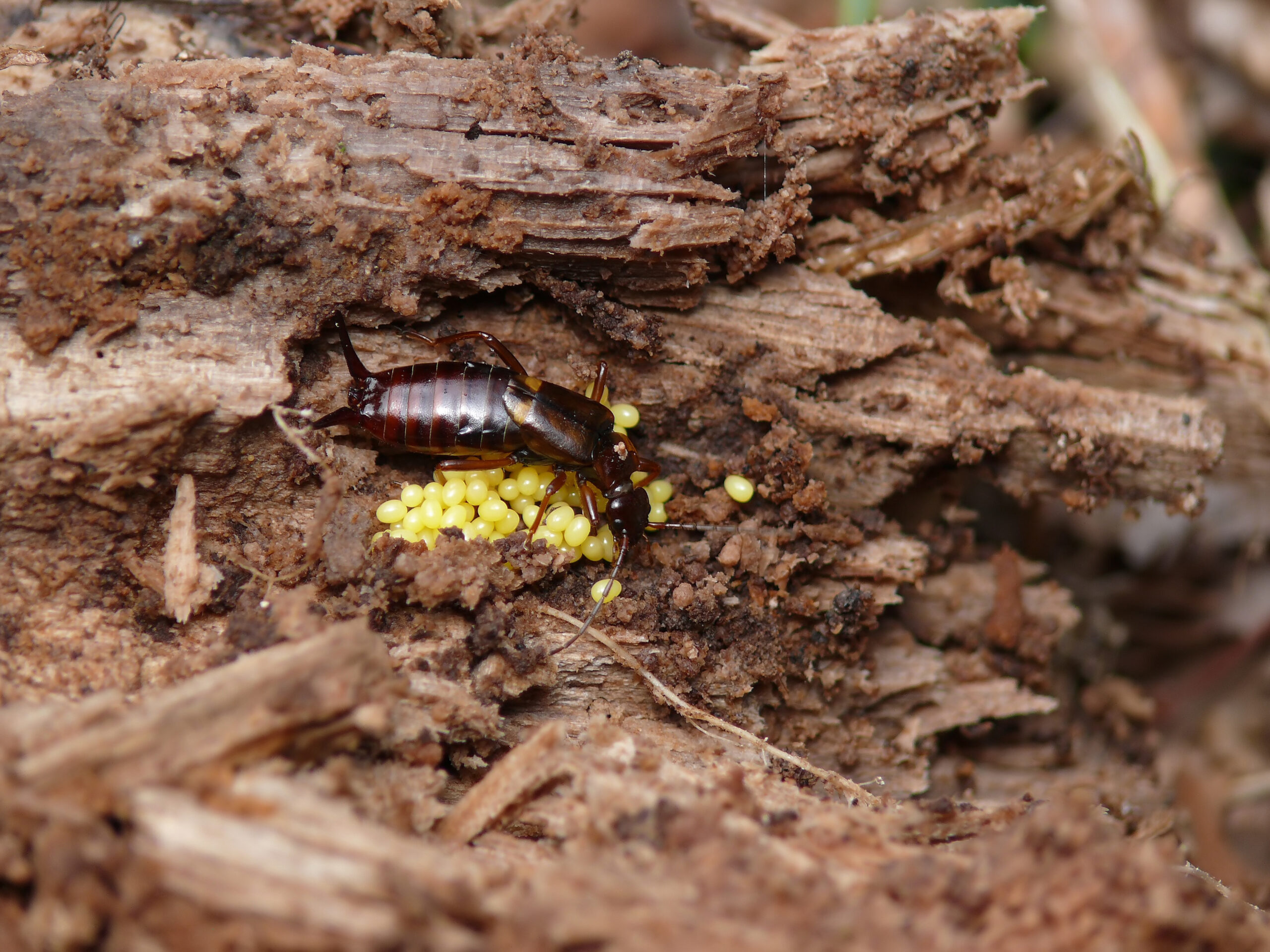
The earwigs begin helping their offspring as soon as they are born, which may seem surprising since we often see adult earwigs wandering around on their own. These pests continuously clean their eggs to remove any spores, as the eggs are more likely to hatch when they are clean. In order to ensure the survival of their family, earwigs must keep the eggs clean to motivate them to hatch. The adult earwigs also keep an eye out for any signs of danger nearby, such as predators or adverse weather, and will move their nest to a new location if there is any risk involved. Once the eggs hatch, adult earwigs protect their larvae by coating them with antibiotic bacteria. As the young earwigs grow, they will emit pheromones (invisible odorous chemicals) that alert their parents to any health issues or dangers. For instance, if they are malnourished, young earwigs will release a specific pheromone that tells their parents that they need more food that will actually sustain them. Earwigs may be simple pests that are easily forgettable, but they are one of the most nurturing insects that we see in our own backyards.
Giant Water Bugs
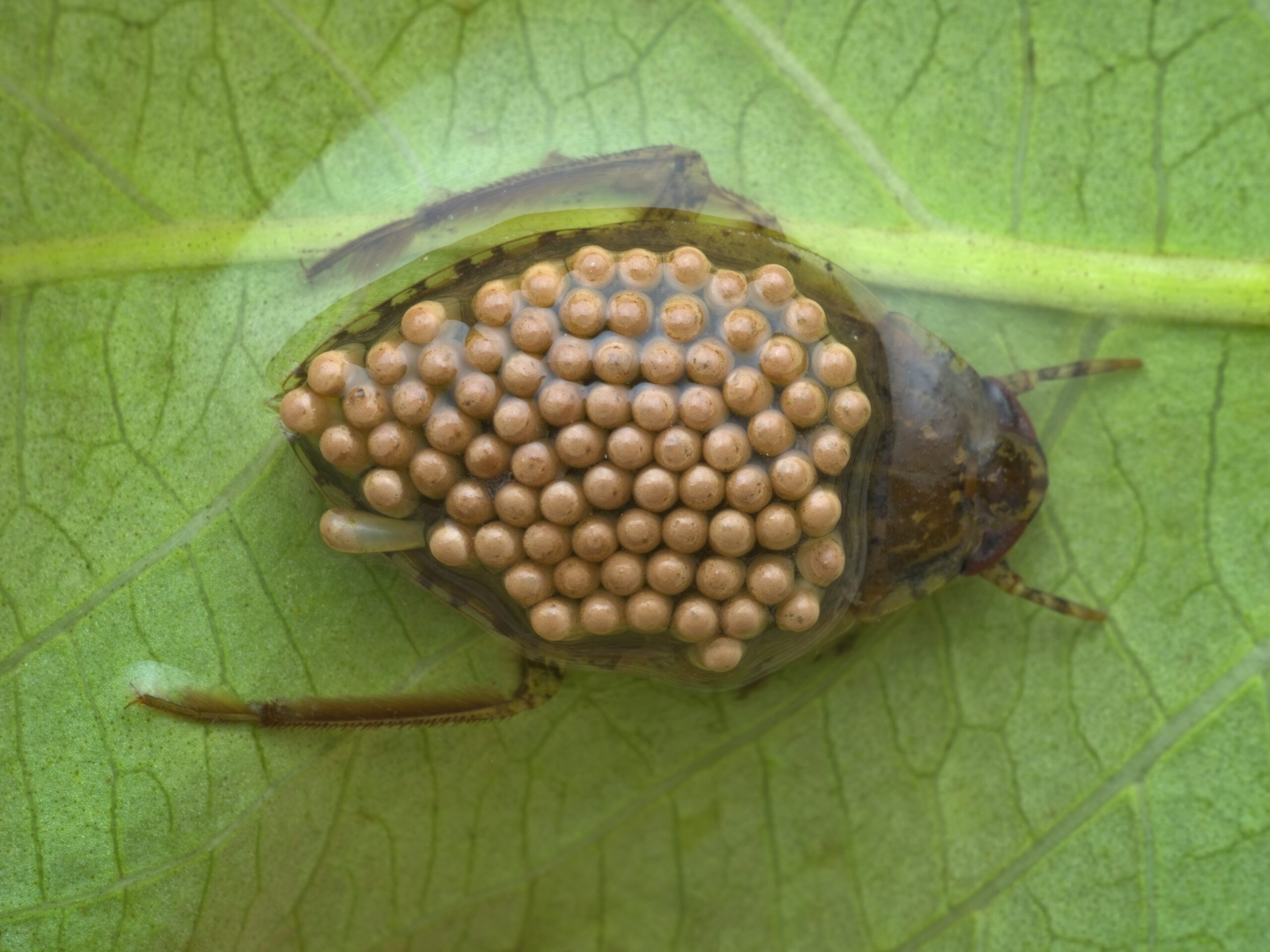
These aquatic monstrosities are more common in areas with a lot of fresh water (clearly), but it is still worth noting just how careful they are with their offspring. The males and females of this species both take responsibility for their young, and the teamwork is truly admirable. The female giant water bug will deposit her eggs in one of two places, depending on her surroundings and the subspecies. Some will place their eggs directly onto vegetation, and the male will guard that area until the eggs hatch. Other female giant water bugs will lay their eggs on the back of the male, who will carry them around until they hatch and the young bugs scatter. Either way, the male is extremely protective of the eggs and will never leave them alone. He is especially vulnerable when the eggs are on his back because he does not have the flexibility to fight off any predators that he would normally be able to handle. The hatched nymphs will go through five stages of growth near their parents, then venture into the nearby stream to live out the rest of their days as they search for their own mates.
Roaches
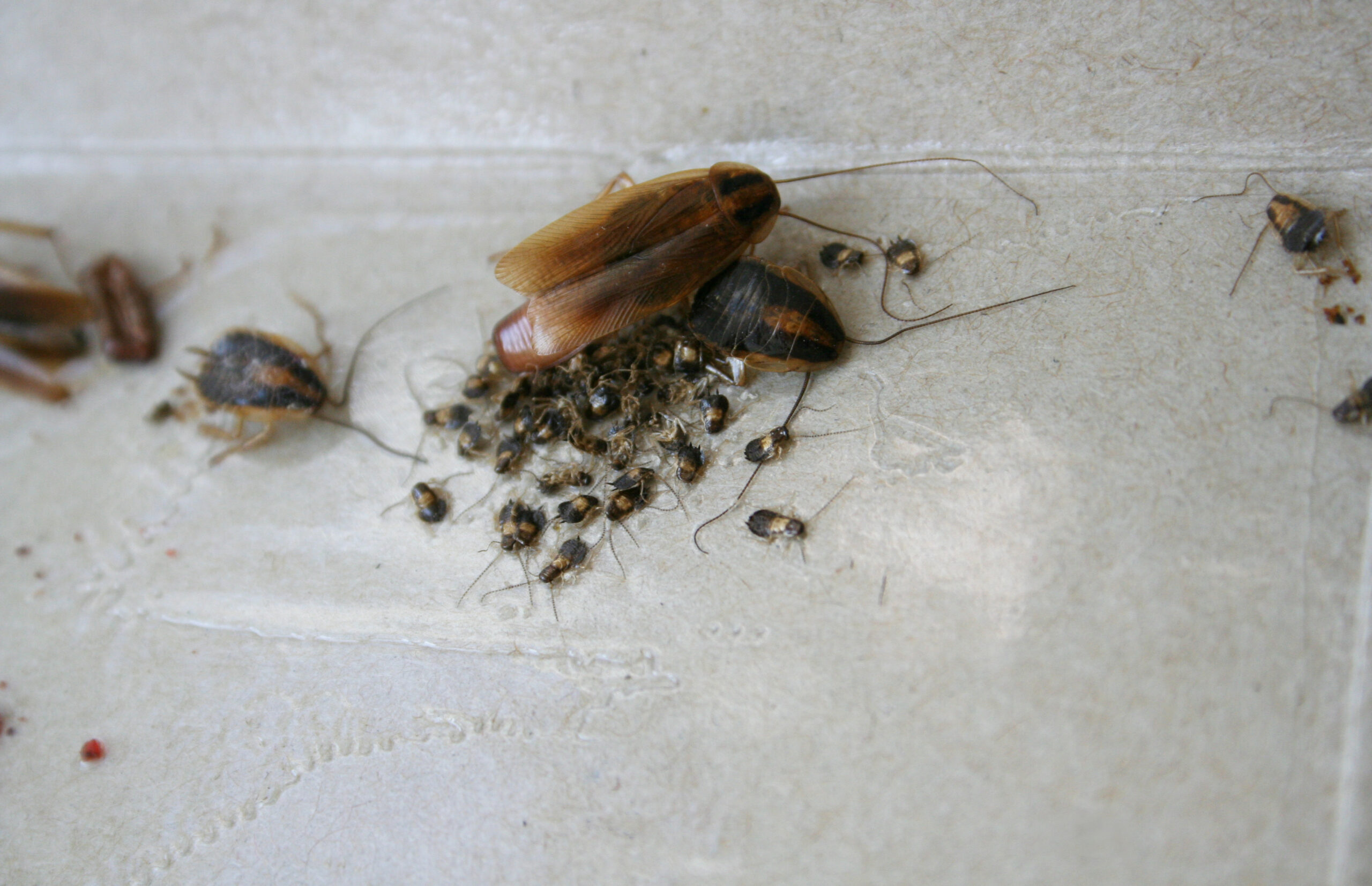
As disgusting as cockroaches are, they are one of the most caring pests when it comes to their own offspring. This is likely a big reason why they managed to survive the past millions of years, since the adult roaches do not leave their young to fend for themselves. Roaches live in family groups, and each family has their own specific pheromone scent that helps the young roaches to recognize their own brethren. They have two different methods of birthing offspring; roaches either carry around the oothecae (egg case) until it hatches, or give birth to live young. Either way, the female will produce “milk” that is full of protein and carbohydrates to sustain her young. She will feed her offspring until they are independent enough to venture out on their own, which could be months later. The new roaches need to continuously receive gut protozoa to help them later digest the cellulose they eat, so they need to have this restored after each time they molt. Who would have thought that some of the most vile pests ever are dedicated to caring for their young?
Mice
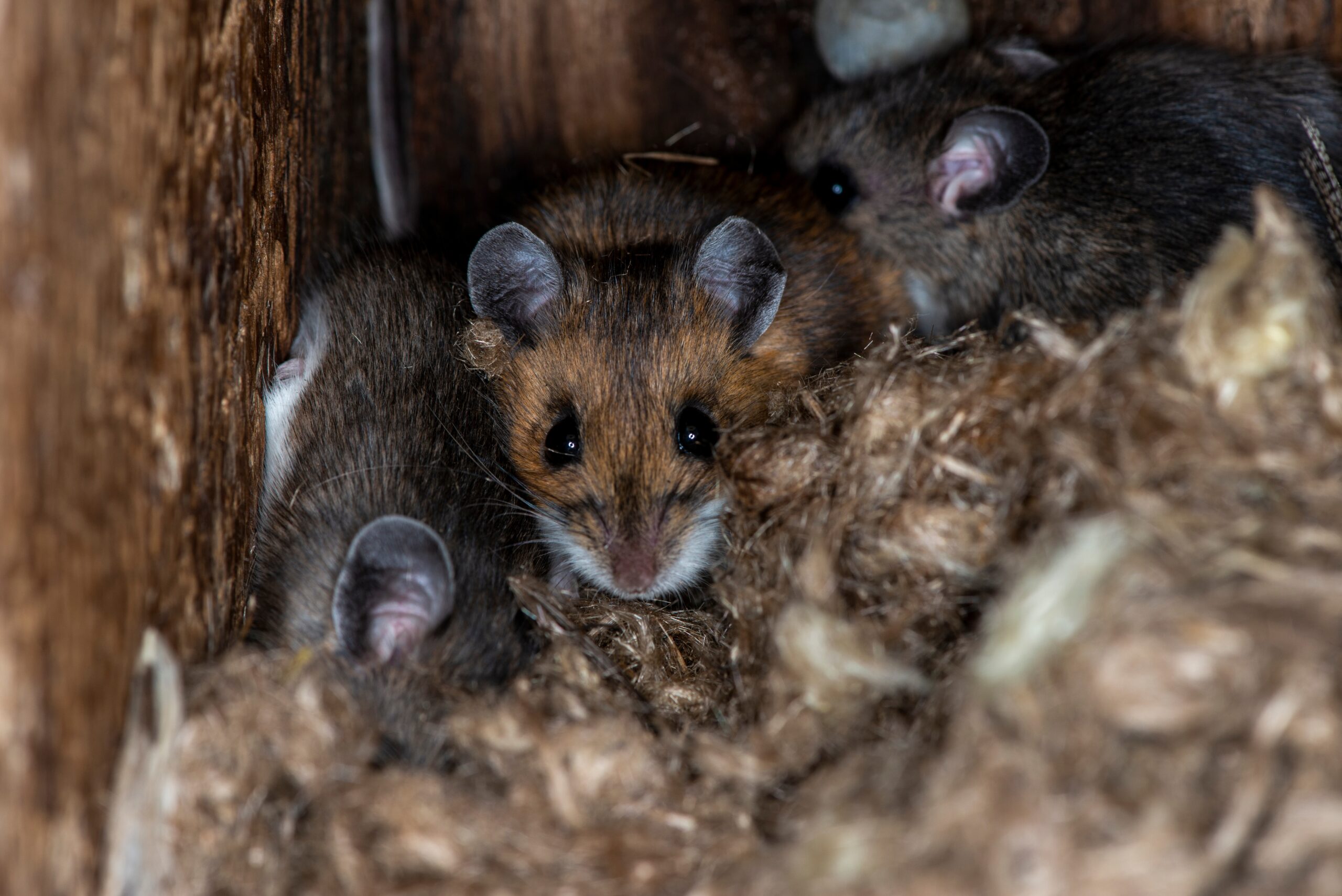
As often as mice reproduce, they are just as nurturing with their first litter as with their last. The female will build her nest and begin to collect enough food to sustain her growing family. Mice will have anywhere from 5 to 12 pups in a litter, and they can have up to 10 litters per year. The female will feed her babies milk for the first three weeks, then the young mice will start to forage for their own food. Mice are the surprising embodiment of “it takes a village to raise a child” because the mothers rely on nearby female mice to help them with the new litter, especially if the father is gone. The other females can help with feeding and cleaning the nest while the mother grooms her pups to keep them clean (or as clean as rodents can get). Mice are extremely protective of their families, so they won’t hesitate to bite anyone who gets too close to their nest. However, if the mother believes her pups are ready to be on their own, she will nudge them out of the nest in an encouraging attempt to give her offspring the best chance at living the greatest life that the rodent world has to offer.
Rats
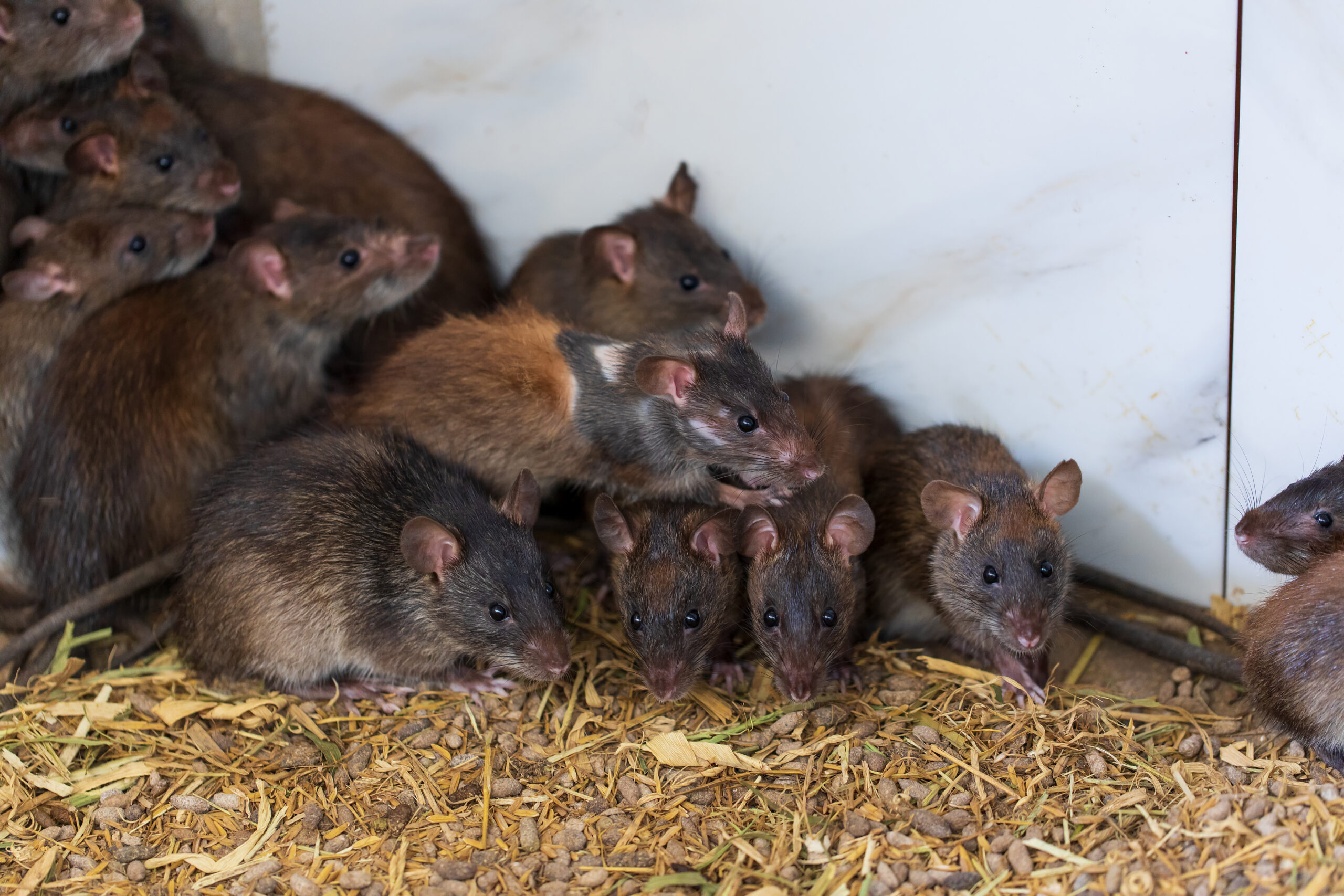
Similar to mice, rats are also quite the nurturing parents despite their vile reputations. The adult rats will construct the perfect cozy nest before the pups arrive, and they can begin reproducing as young as 3 weeks old. Rats can have about 6 litters a year, with 6 to 10 pups in each. The young rats need their mother in order to survive because they completely rely on her for food, grooming, and protection. The young rats only consume milk for their first 8 weeks, so they will not make it without an adult female rat. Female rats are also extremely territorial once they have pups in their nest, but they will allow other rats to help with caring for the young if the male is gone. The young rats will start to explore their surroundings at about 5 weeks old as long as they have been properly nourished and cared for by their mother. They won’t need to forage for food just yet, as they stick with milk from their mother for another few weeks. For as nurturing as mother rats are with their pups, you would think that rats would be much more pleasant than these disease-ridden pests truly are!
A Note on Eusocial Insects
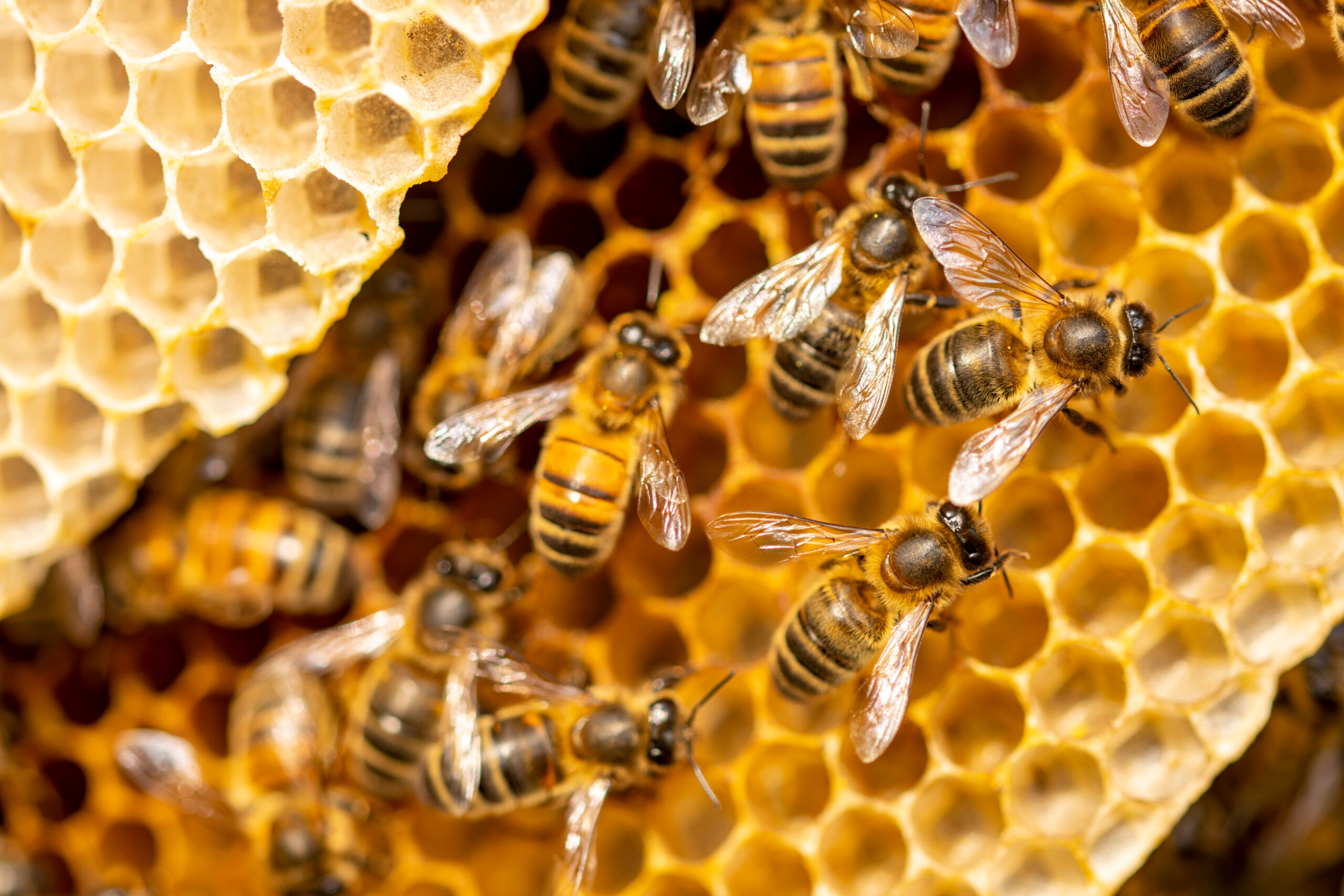
While we’re talking about pests that care for the members of their family, we may as well touch on the insects that fall under the unique category of “eusocial.” This term essentially describes the creatures who live in one large group that are all born from the same reproductive female who is fertilized by the few reproductive males of the group, and the non-reproductive workers make up the majority of the family. The most popular examples of eusocial insects are ants, bees, wasps, and termites. They all live in colonies that were produced by one queen and the male drones, and every insect has a role in the group. They are genetically similar and look identical, but the workers of these species naturally divide up the labor in order to keep the colony running smoothly.
Each type of insect has differing qualities that distinguish their colonies from one another:
- Ants: Every species of ant is eusocial, and they are all produced from a queen that lives deep within the nest and lives the longest. Worker ants make up most of the colony and do every single job besides reproducing. The future queens will leave to start anew once they are old enough to reproduce.
- Bees/Wasps: The queen of each of these insects will start constructing the nest that will fit their soon-to-be colony, and they start laying eggs as soon as possible to begin expanding their new family. The first eggs that they produce will become female workers that will finish building the nest in the spring. The workers do all of the work in protecting the colony that the queen is producing, including foraging for food and caring for the young.
- Termites: Considering the fact that termite queens can live for over 20 years, it’s easy to see why a termite colony can number in the hundreds of thousands if it is left alone. There are three castes in a termite colony (workers, swarmers, and reproductives) that each have their own specialized jobs. The workers are the largest class and they spend most of their time devouring wood for the cellulose that they can pass on to their brethren.
Eusocial insects have plenty of benefits that the previous pests do not. For one, they have constant food security since there is a sector of workers who are dedicated to gathering enough food to sustain the whole group every day. Another benefit is a dedicated home that is usually started by the queen when she first finds the site, and then is taken over by the workers she produces. The third, and potentially best, benefit is that eusocial insects have a defense squad built into their colony. Some have soldier insects that are physically built to defend their home, while others just have strength in numbers as the workers are committed to protecting their “siblings” from any threats. Whether or not you believe that eusocial insects have the better deal than the 5 previous pests, it’s interesting to see that every creature has their own method for caring for their offspring — even repulsive pests.
Protect Your Family and Home with Pointe Pest Control
A pest infestation can be a major threat to the health and safety of your family. Whether it’s because the pests sting (wasps and hornets), contaminate surfaces (roaches and rodents), or invade your food (ants and pantry pests), one thing is for sure: pests are not welcome guests in your home. At Pointe Pest Control, we are dedicated to protecting your family and home from dangerous pests. We get to the root of every pest problem through a combination of thorough inspections, efficient products, and customized treatment plans. All of our treatments are completely safe for your family, your pets, and the ecosystem, so you never have to worry about toxic chemicals contaminating your home. We provide both preventative and responsive pest control services all year long, so we are prepared to keep you pest-free in every season. Keep your family safe from invasive pests, and contact us for a free quote on our effective pest control services today!
Citations
Daw, S. (2020, March). Giant water bug. National Park Service. Available at https://www.nps.gov/articles/giant-water-bug.htm (Accessed on September 15, 2023).
How mother mice stays connected & protects her babies. (n.d.). Shoreline Pest Services. Retrieved September 15, 2023, from https://shorelinepestservices.com/mother-mice-survival-protecting-babies/
What are typical dynamics of a wasps nest?. (2018, December 18). The Killers Pest Control. Retrieved September 15, 2023, from https://thekillers.net/blog/what-are-typical-dynamics-of-a-wasps-nest/
How many babies do rats have?. (n.d.). Eliminate LTD. Retrieved September 15, 2023, from https://www.eliminatesolutions.co.uk/how-many-babies-do-rats-have/
Benedict, S. (2021, November 27). How mice mothers raise their babies. Truly Nolan. Available at https://www.trulynolen.ca/how-mice-mothers-raise-their-babies/ (Accessed on September 15, 2023)
Plowes, N. (2010). An introduction to eusociality. Nature Education Knowledge. Available at https://www.nature.com/scitable/knowledge/library/an-introduction-to-eusociality-15788128/ (Accessed on September 15, 2023)
The social structure of ant colonies. (2022, March 18). Maggie’s Farm. Retrieved September 15, 2023, from https://maggiesfarmproducts.com/blogs/bug-help/social-structure-ants
Hodgson, E. (Dr.). (2017, May 12). Do insects make good parents?. Iowa State University: Integrated Crop Management. Available at https://crops.extension.iastate.edu/blog/erin-hodgson/do-insects-make-good-parents (Accessed on September 15, 2023)
Research confirms: (Insect) moms are the best. (2018, May 11). Entomology Today. Available at https://entomologytoday.org/2018/05/11/research-confirms-insect-moms-are-the-best/ (Accessed on September 15, 2023)
Godfrey, N. (2018, October 30). Parental care in insects. Mastering Entomology. Available at https://aphidsrus.wordpress.com/2018/10/30/parental-care-in-insects/ (Accessed on September 15, 2023)
Eusocial. (n.d.). Merriam-Webster Dictionary. Retrieved September 18, 2023, from https://www.merriam-webster.com/dictionary/eusocial
Request a Free Quote Today
(We do not share your data with anybody, and only use it for its intended purpose)


